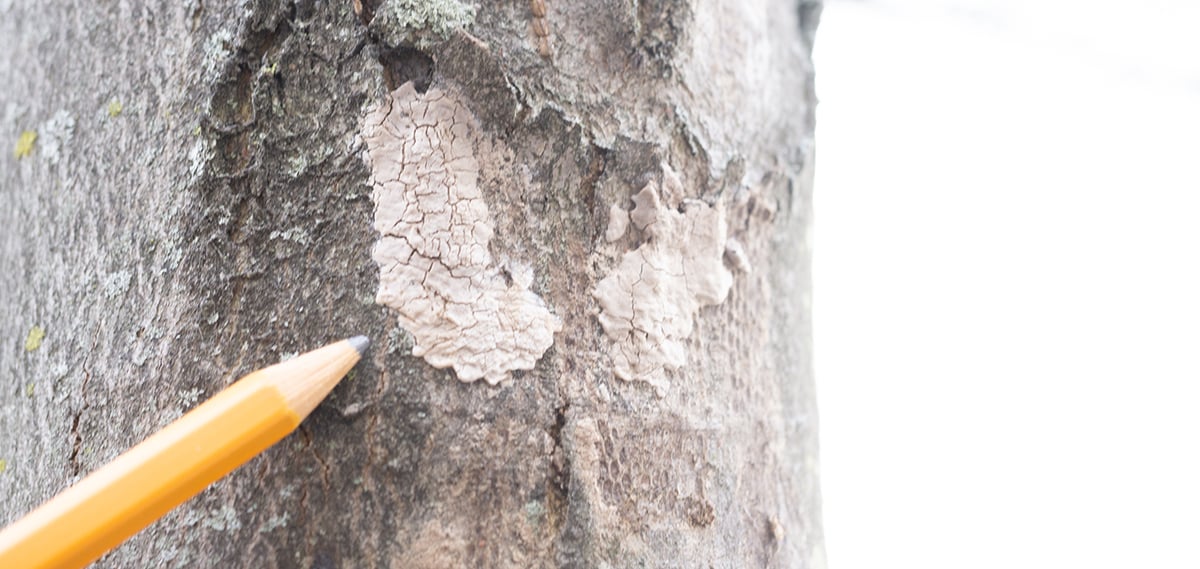How to Identify and Remove Spotted Lanternfly Eggs

Spotted Lanternflies were first spotted in the United States in 2014 in Pennsylvania. Since 2014, they have spread to more than seven states including New Jersey, Delaware, and Maryland. Spotted Lanternflies are an invasive species having the potential to cause devastating damage to vegetation and agricultural businesses. Spotted Lanternflies feed on most plant species and affect businesses like vineyards, timber, and other types of farms. The Pennsylvania Department of Agriculture and the New Jersey Department of Agriculture have issued a quarantine for counties where Spotted Lanternfly sightings have been confirmed. Stopping the spread of Spotted Lanternflies is detrimental to protect agriculture in the United States.
September is when Spotted Lanternflies begin laying their eggs and Spotted Lanternflies can breed in very large numbers. Recognizing their egg masses and eradicating them will help greatly in controlling the spread of these invasive pests.
What Do Spotted Lanternfly Eggs Look Like?
The size of the mass can vary, but a Spotted Lanternfly egg mass is typically about an inch long by 3/4 of an inch wide and look like light grayish splotches of mud or mortar/cement. On some surfaces there can be multiple egg masses.
Where Do Spotted Lanternflies Lay Their Eggs?
Spotted Lanternflies lay their eggs on trees mainly on the underside of branches but can also be found on man-made surfaces such as decking, brick structures, and sometimes cars.
How to Get Rid of Spotted Lanternfly Eggs?
If you notice Spotted Lanternfly eggs, it is important to remove the eggs or call your local Department of Agriculture to report your findings. To remove Spotted Lanternfly eggs yourself, here are a few tips:
- Use a paint scraper or metal spatula to remove the egg mass from the surface
- Place the eggs into a plastic bag with hand sanitizer or alcohol
- Eggs should be scrapped off and removed from structures prior to their hatching in spring to reduce the spread of this invasive pest.
- Click here to get a FREE Spotted Lanternfly Egg Removal Card











